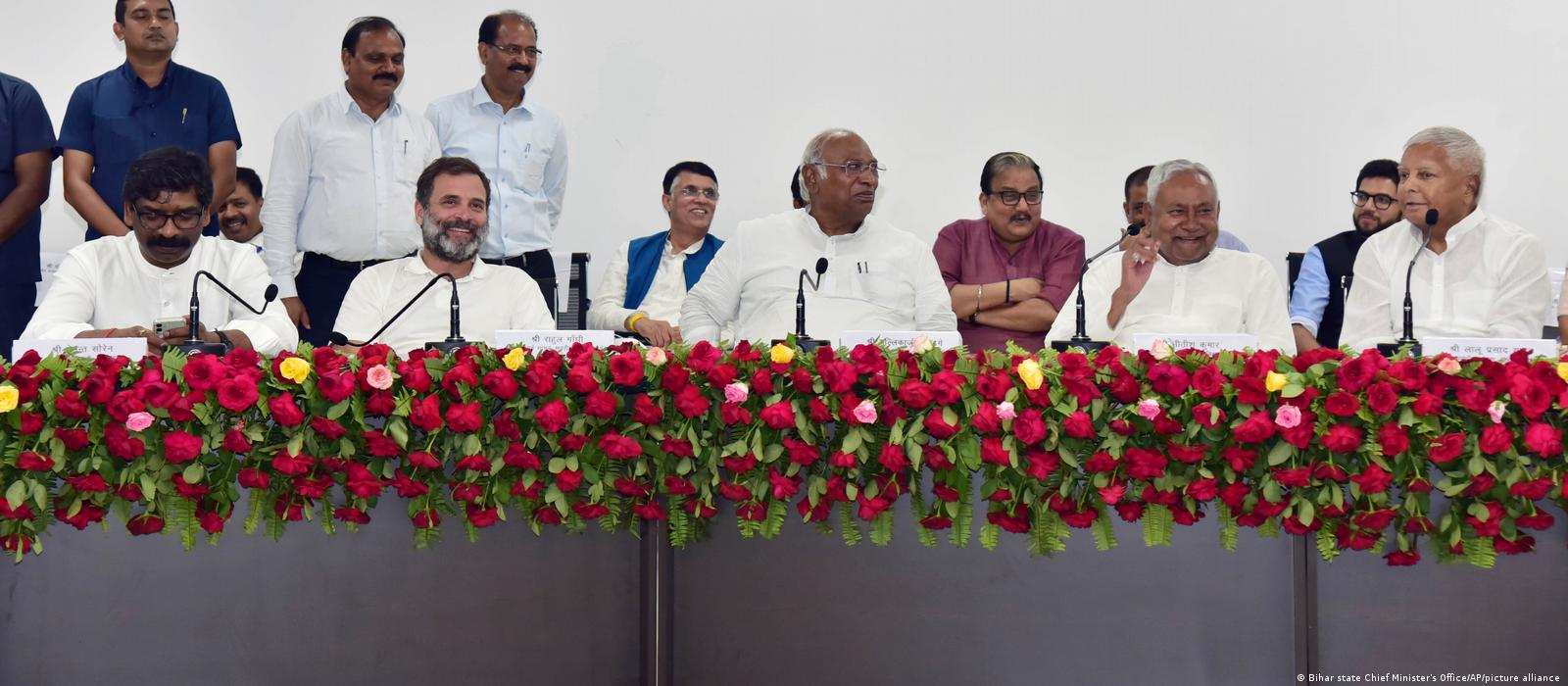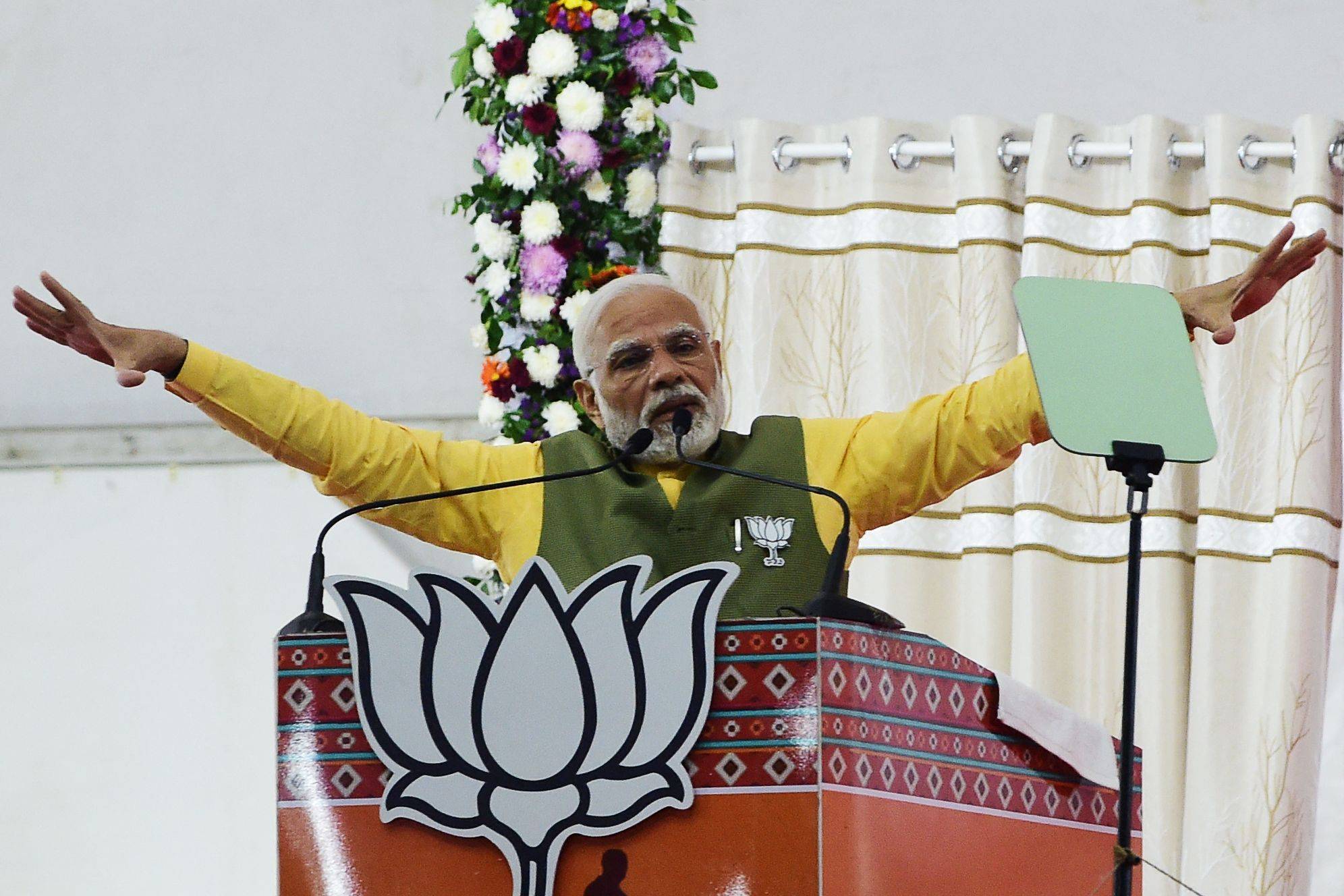Formidable Coalition of Opposition Parties Aims to Dethrone Modi in Upcoming Election: Should He Be Alarmed?

Formidable Coalition of Opposition Parties Aims to Dethrone Modi in Upcoming Election: Should He Be Alarmed?
In a political landscape ripe with anticipation and maneuvering, India’s upcoming general election is shaping up to be one of the most fiercely contested battles in recent history. Prime Minister Narendra Modi, who has held the reins of power since 2014, is facing an unprecedented unity among opposition parties determined to unseat him. As the political arena heats up with strategies, rallies, and promises, the question on everyone’s mind is whether Modi should be worried about this formidable opposition coalition that is coalescing against him.
The prospect of a united opposition front challenges the dominance that the Bharatiya Janata Party (BJP), led by Prime Minister Modi, has enjoyed for almost a decade. The current political climate in India indicates that various opposition parties are willing to put aside their ideological differences in order to present a united alternative to the current administration. This unity has led to a complex web of alliances and negotiations that could significantly impact the outcome of the upcoming election.
One of the key players in this united front is the Indian National Congress, a party with a rich history in Indian politics. Once at the helm of the nation for prolonged periods, the Congress party has found itself relegated to the opposition benches in recent years. However, the party seems to have embarked on a rejuvenation journey, actively forming alliances with regional parties and rallying behind a common agenda – removing Modi from power. This collective opposition approach is reminiscent of the coalitions that played a role in toppling incumbent governments in the past.
The allure of this united opposition is not just confined to national parties; regional players are also finding common ground to challenge Modi’s dominance. States such as West Bengal, Tamil Nadu, and Maharashtra, among others, have potent regional parties that have exhibited a willingness to align against the BJP. Their inclusion in the anti-Modi coalition brings a significant chunk of votes and constituencies into play, thereby intensifying the challenge that the Prime Minister faces in the upcoming election.
Power dynamics within political alliances are often fraught with uncertainties, and this united front is no exception. Striking a balance between regional aspirations and a common national agenda can be a delicate task, and any cracks in this unity could jeopardize the chances of success for the opposition. Therefore, while the opposition parties are banding together against Modi, their ability to maintain cohesion until the election remains a critical factor in determining their impact.

However, Modi’s administration is not taking these developments lightly. The BJP, renowned for its organizational prowess and election-winning strategies, is proactively countering the opposition’s efforts. The party is acutely aware that the united front poses a significant challenge to its hold on power and is leaving no stone unturned in its bid to retain its dominance.
A key aspect of Modi’s political persona is his charismatic appeal to the masses. His rags-to-riches narrative and promises of development and good governance have resonated with a substantial portion of the population. The BJP is capitalizing on Modi’s personal popularity by showcasing his accomplishments and presenting him as a leader who can steer India through complex challenges. The party’s campaign is centered around projecting Modi as a tried-and-tested leader who has the vision and determination to lead India into a brighter future.
Another ace up the BJP’s sleeve is its formidable electoral machinery. The party has successfully mastered the art of reaching the grassroots level, leveraging technology, and using data-driven strategies to connect with voters. This well-oiled machinery played a pivotal role in the BJP’s previous electoral victories and will likely be instrumental in countering the united opposition’s efforts.

Beyond the political posturing and strategies, it’s crucial to consider the economic and social landscape that will influence the election’s outcome. India, like the rest of the world, has been grappling with the far-reaching effects of the COVID-19 pandemic. The pandemic’s impact on public health, the economy, and social dynamics cannot be underestimated. The way the government has managed these challenges, including vaccination campaigns, economic recovery plans, and support for vulnerable populations, will likely factor into voters’ decisions.
Furthermore, issues such as unemployment, rural distress, inflation, and national security will also play a significant role in shaping the electorate’s choices. The opposition’s ability to address these concerns effectively and present viable alternatives will determine its success in denting Modi’s popularity.
In the grand theater of Indian democracy, public sentiment remains a capricious element that can defy predictions and strategies. The outcomes of past elections, both in India and around the world, have often surprised observers. Therefore, while a united opposition presents a credible challenge to Modi’s dominance, it is paramount to remember that election dynamics can shift rapidly based on unforeseen events, public sentiments, and evolving priorities.
As India hurtles toward its next general election, the political landscape is a tapestry woven with intricate threads of unity, strategy, and aspirations. The formidable coalition of opposition parties that aims to unseat Modi is undoubtedly a force to be reckoned with. However, the Prime Minister’s political acumen, the BJP’s organizational prowess, and the complexities of India’s socio-economic reality will all contribute to the final outcome.
In the end, the answer to whether Modi should be worried hinges on the convergence of these factors and the voters’ ultimate verdict. The battle lines have been drawn, the campaigns are set to unfold, and as the nation watches with bated breath, the course of India’s political destiny will be revealed through the ballots cast in the upcoming election.





